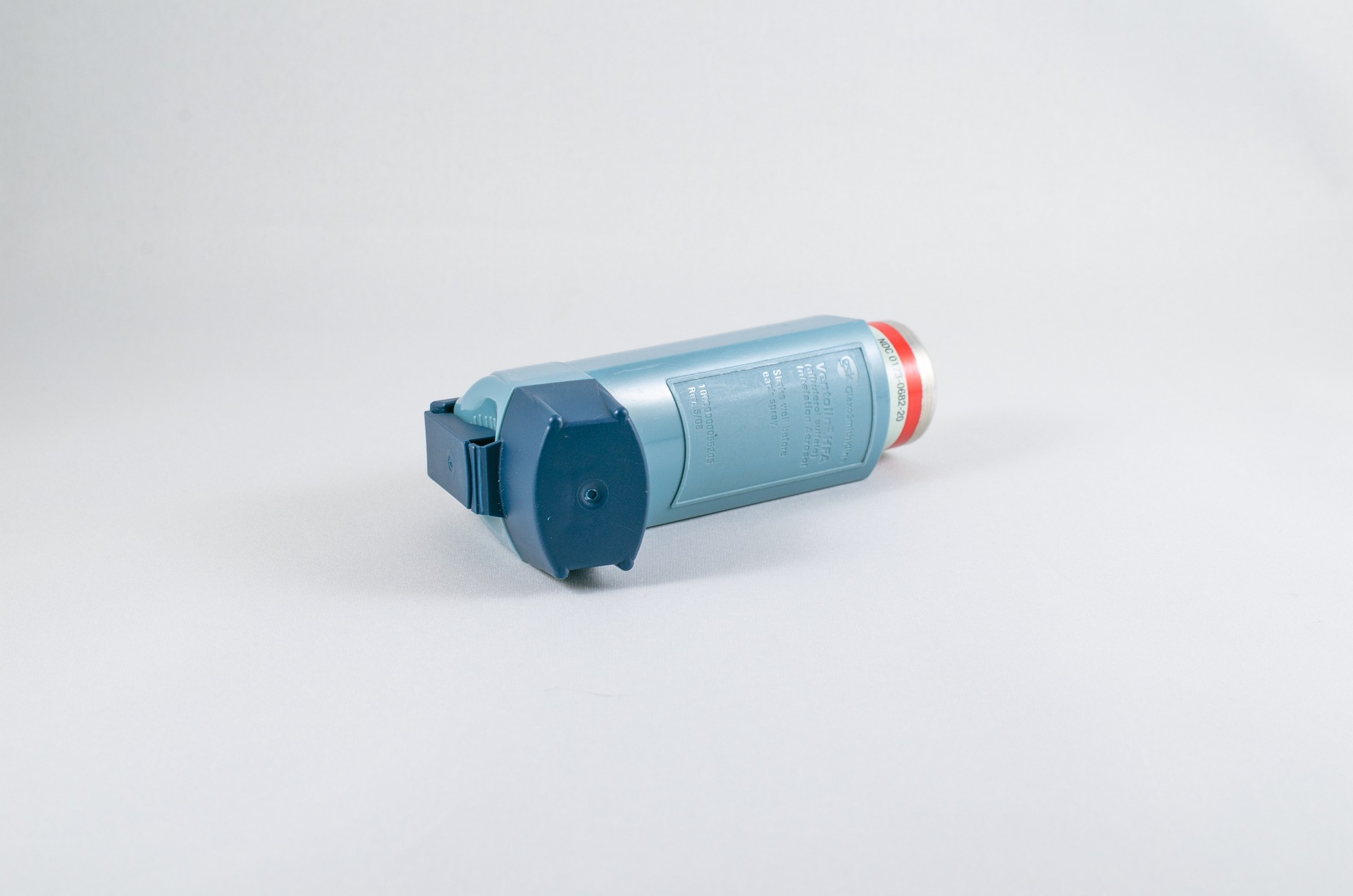Angioedema Treatment: Causes, Symptoms, and Care
Angioedema is a rapid swelling of deeper layers of the skin or mucous membranes, commonly affecting the face, lips, and tongue. It can occur after an allergic reaction, as a side effect of medications, or from inherited factors. Symptoms range from mild, short-lived puffiness to severe, potentially life-threatening airway obstruction. Understanding triggers, how to respond during an attack, and options for longer-term prevention helps people and caregivers manage risk and seek appropriate care.

This article is for informational purposes only and should not be considered medical advice. Please consult a qualified healthcare professional for personalized guidance and treatment.
What is angioedema?
Angioedema is swelling that results from fluid leaking from blood vessels into surrounding tissues. It may be accompanied by hives or occur on its own. Mechanisms include histamine release (as in allergic angioedema) and bradykinin accumulation (seen with hereditary angioedema or certain medications). Onset can be sudden and progress over minutes to hours. Identifying the underlying mechanism—immune-mediated versus bradykinin-mediated—guides treatment choices and prevention strategies.
What causes swelling?
Swelling in angioedema arises from increased vascular permeability. Common triggers include food, insect stings, latex, and medications such as nonsteroidal anti-inflammatory drugs or ACE inhibitors. Hereditary angioedema results from low or dysfunctional C1 esterase inhibitor and can be triggered by stress, minor trauma, dental work, or hormonal changes. In many cases the cause is idiopathic, meaning no specific trigger is found after evaluation. A careful history and medication review are key to finding reversible causes.
How does angioedema affect the face?
Facial angioedema typically presents as asymmetric, soft swelling that may involve eyelids, cheeks, or around the nose. Although facial swelling can be alarming, the more urgent concern is spread to the mouth or throat, which can compromise breathing. Emergency assessment focuses on airway, breathing, and circulation. For recurrent facial swelling, a referral to a specialist—an allergist, immunologist, or dermatologist—can help determine triggers and plan ongoing management, including avoidance strategies and preventive medication when appropriate.
What to do when lips swell?
Swelling of the lips is a common and visible sign of angioedema. If lips are swollen but breathing and voice are normal, initial at-home measures include stopping suspected triggers and taking oral antihistamines if allergic reaction is likely. For moderate or progressing lip swelling, seek medical evaluation to determine whether prescription medications (oral or injected) are needed. If lip swelling accompanies difficulty breathing, hoarseness, or throat tightness, consider this a medical emergency and seek immediate care, because airway compromise can escalate rapidly.
Is tongue swelling an emergency?
Yes—tongue swelling carries a higher risk of airway obstruction and should be treated urgently. If swelling of the tongue is sudden, progressive, or accompanied by breathing difficulty, stridor, drooling, or voice changes, call emergency services or go to an emergency department. In emergency settings, care focuses on securing the airway and using appropriate medications: intramuscular epinephrine for anaphylaxis, antihistamines and corticosteroids for histamine-mediated reactions, and specialized therapies for bradykinin-mediated cases. Hospital monitoring is often required until symptoms stabilize.
Treatment options and long-term management
Immediate management depends on severity and likely cause. For allergic (histamine) angioedema, intramuscular epinephrine is first-line for anaphylaxis; antihistamines and corticosteroids may be used as adjuncts. For bradykinin-mediated angioedema (hereditary or ACE inhibitor–related), typical allergic medications are often ineffective; targeted treatments such as C1 esterase inhibitor replacement, bradykinin B2 receptor antagonists, or kallikrein inhibitors are used where available. Long-term strategies include avoiding identified triggers, reviewing and stopping causative medications (for example, switching from an ACE inhibitor if implicated), and working with specialists to develop an emergency plan and consider prophylactic therapy if attacks are frequent.
Conclusion
Angioedema varies from mild, self-limited swelling to rapidly progressive airway-threatening episodes. Recognizing common signs—especially swelling of the face, lips, or tongue—and understanding immediate vs. mechanism-specific treatments helps prioritize safety. For recurrent or unexplained angioedema, a structured evaluation by a healthcare professional or specialist can clarify causes and create a prevention and treatment plan tailored to the individual.






